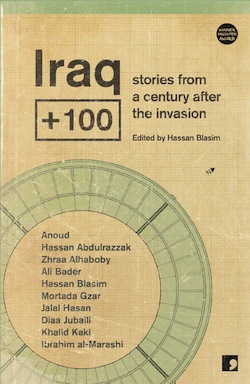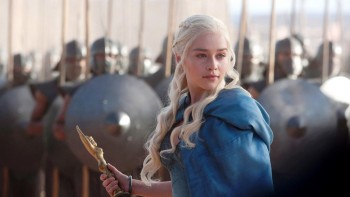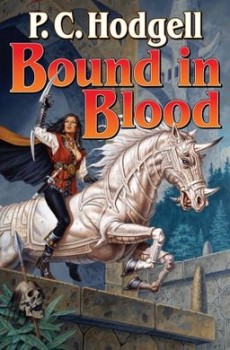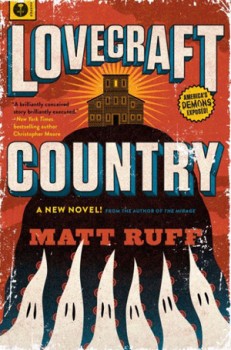The Future of Iraq, According to the Country’s Science Fiction Authors
 With all the grim news coming out of Iraq, it’s easy to think the country has no future. That’s wrong, of course, because being one of the oldest countries in the world, it’s not going anywhere anytime soon.
With all the grim news coming out of Iraq, it’s easy to think the country has no future. That’s wrong, of course, because being one of the oldest countries in the world, it’s not going anywhere anytime soon.
But what will that future look like? To answer that question, UK publisher Comma Press has released Iraq +100, an anthology of Iraqi writers imagining the future of their nation. As the blurb says:
Iraq + 100 poses a question to ten Iraqi writers: what might your country look like in the year 2103 – a century after the disastrous American- and British-led invasion, and 87 years down the line from its current, nightmarish battle for survival? How might the effects of that one intervention reach across a century of repercussions, and shape the lives of ordinary Iraqi citizens, or influence its economy, culture, or politics? Might Iraq have finally escaped the cycle of invasion and violence triggered by 2003 and, if so, what would a new, free Iraq look like?
Covering a range of approaches – from science fiction, to allegory, to magic realism – these stories use the blank canvas of the future to explore the nation’s hopes and fears in equal measure. Along the way a new aesthetic for the ‘Iraqi fantastical’ begins to emerge: thus we meet time-travelling angels, technophobic dictators, talking statues, macabre museum-worlds, even hovering tiger-droids, and all the time buoyed by a dark, inventive humour that, in itself, offers hope.


 Lovecraft Country
Lovecraft Country




